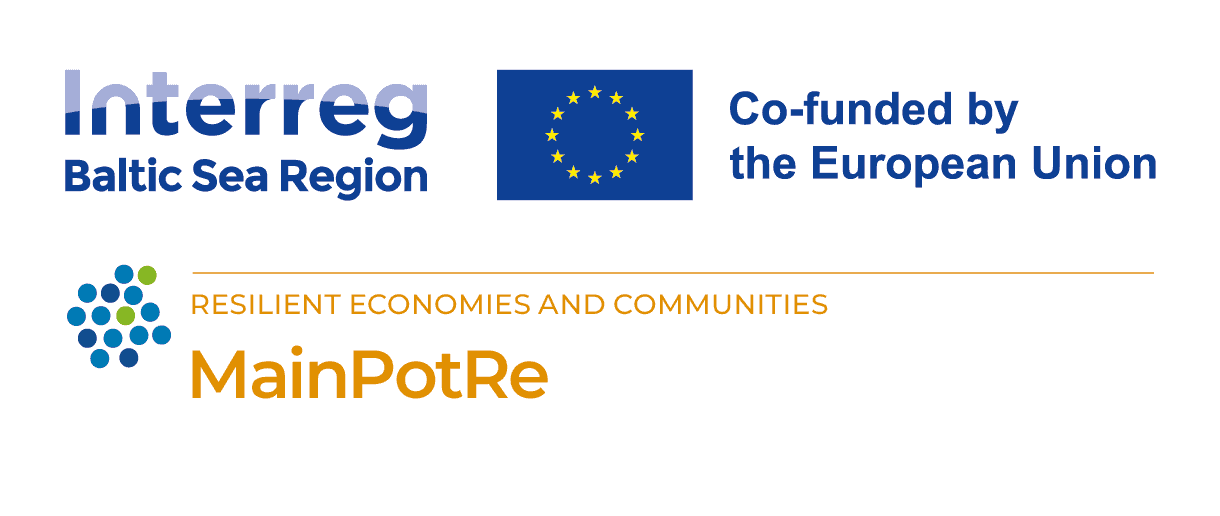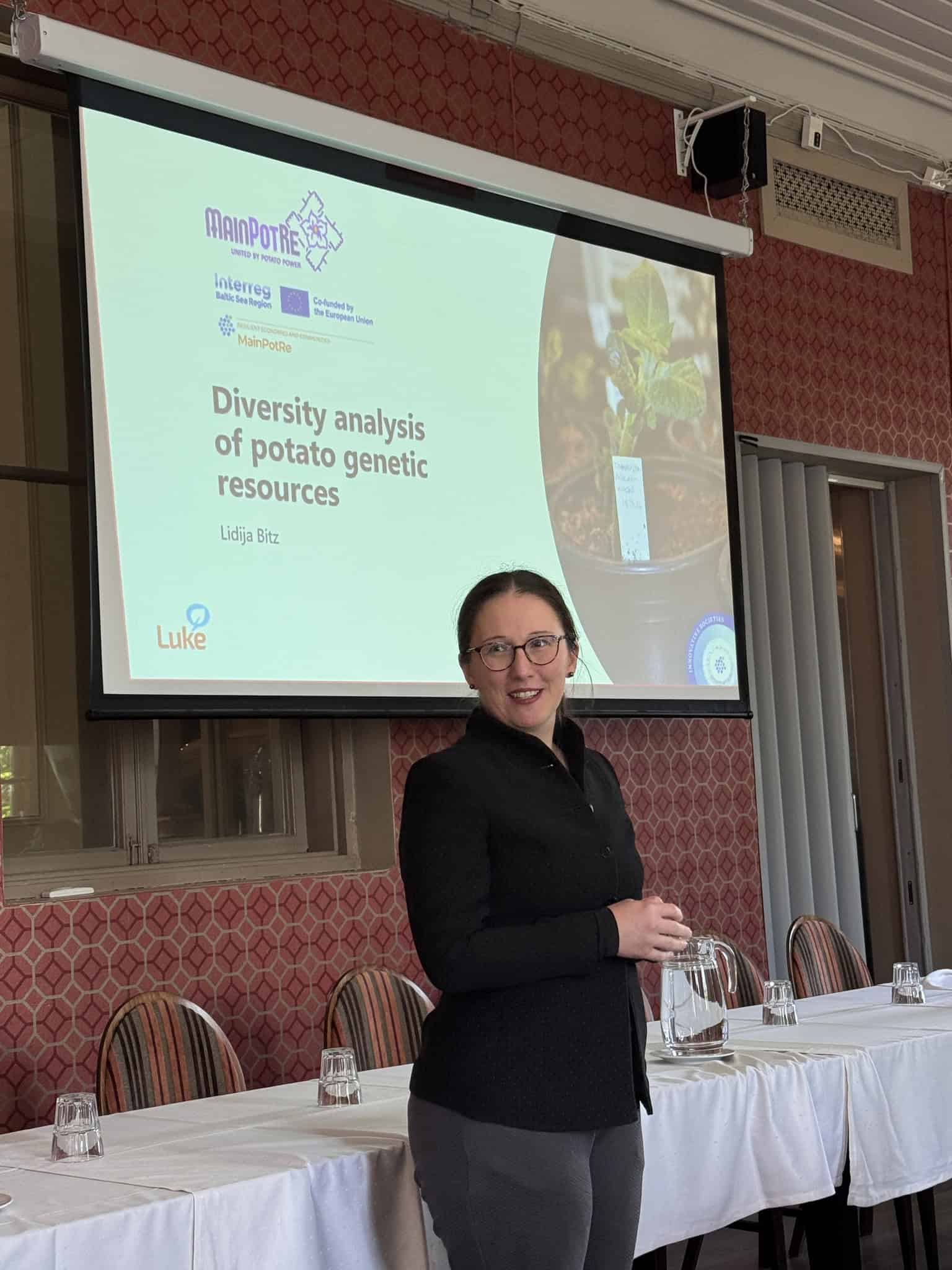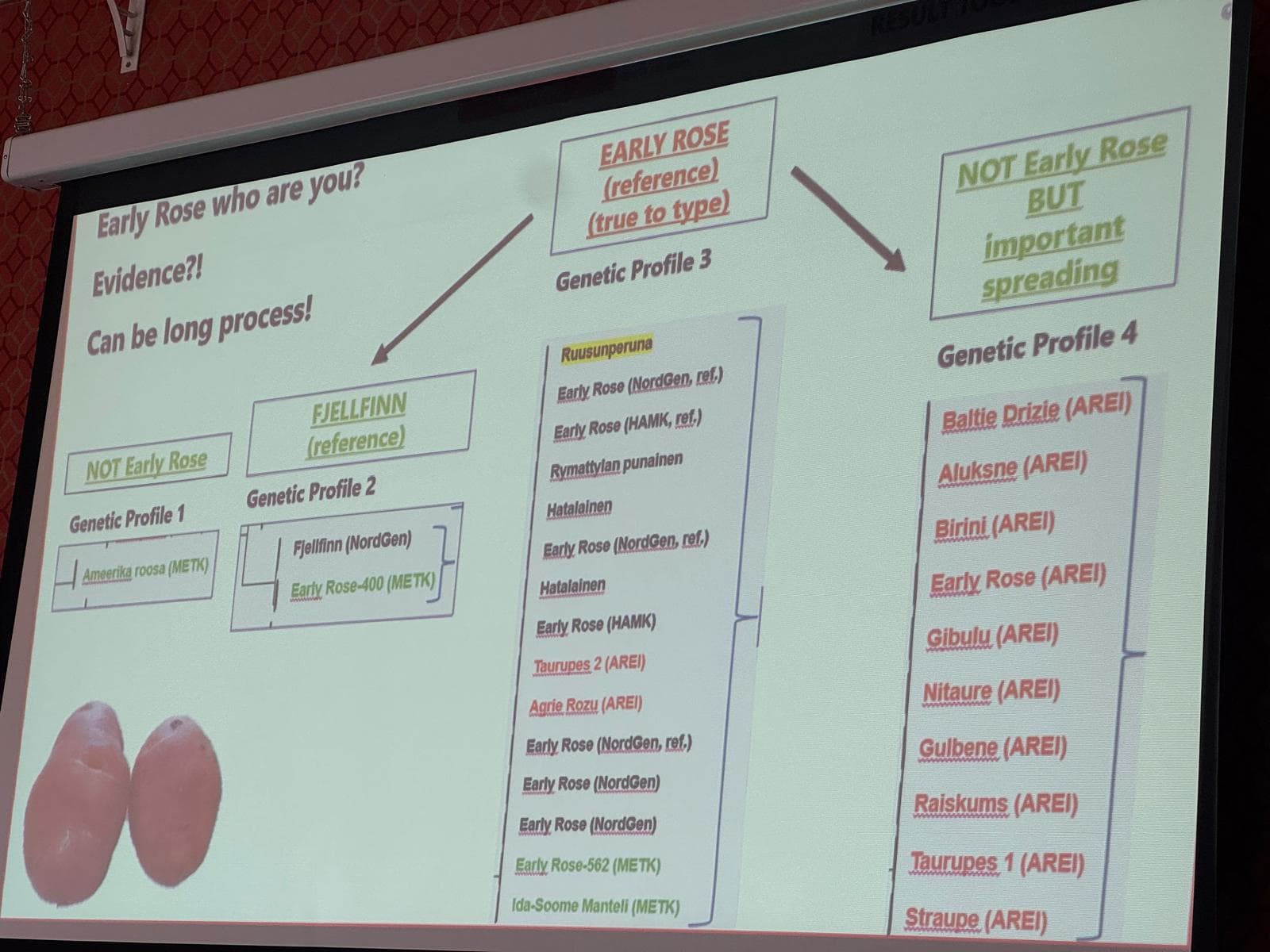
Surprising results on historical potato genotypes in the Baltic States and Finland
27 June 2025
The aim of this research initiative was to identify and characterise the most common heritage potato genotypes in these countries, combining phenotypic observations with advanced genetic analyses. The research unfolded in two stages. First, researchers in each country assessed potato samples based on their appearance, historical descriptions, and traditional names. In the second stage, molecular markers were used to analyse and compare the genetic profiles of the samples — including reference data from the NordGen gene bank.
While initial visual assessments allowed for informed guesses about potential varieties, many samples remained of uncertain identity. The real breakthroughs came with genotyping, the results of which were presented during the project partners’ meeting in Turku, Finland (12–13 June 2025).
Some assumptions about variety identities were confirmed; however, a significant portion of the results were unexpected and revealed patterns that call for further investigation. Particularly noteworthy was the finding that several samples from Latvian households were genetically identical or closely related to those from Estonia — yet none of these matched any known NordGen accessions.
Another striking discovery was the regional variation in genetic structure. Finnish heritage varieties mostly formed a separate genetic cluster, whereas Latvian and Estonian samples were predominantly grouped into two shared clusters. This data suggests that Latvia and Estonia may have experienced similar historical pathways for varietal introduction, while Finland likely followed a more distinct trajectory.
One widely expected result was reaffirmed: the heritage variety Early Rose, known under various local names, remains the most common across the region. However, even this finding held surprises. A large portion of Latvian samples believed to be Early Rose turned out to form a genetically distinct group separate from the reference Early Rose cluster—raising intriguing questions for future research.
What sets this initiative apart is not only the scientific methodology but also its interdisciplinary approach. The integration of genetic data with historical and cultural context provides a more comprehensive view of potato biodiversity and its role in shaping community identity and agricultural tradition. This fusion of science and cultural memory allows us to trace the origins of varieties and understand their significance in the region’s social history.
Given the promise of these findings, the research team is committed to continuing and expanding the collaboration—with the goal of including more countries from the Interreg Baltic Sea Region and exploring even further into the region’s potato heritage.
We would like to express our sincere gratitude to our partners at the Natural Resources Institute Finland (LUKE) and especially to Veli-Matti Rokka, Maarit Heinonen, Anna Nukari, and Lidija Bitz for their expert contributions to data analysis and interpretation.







